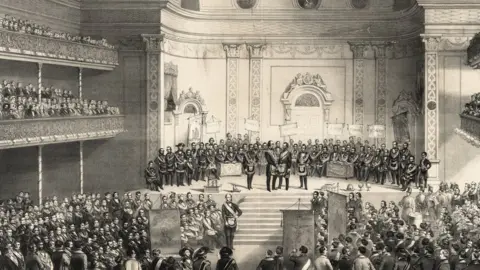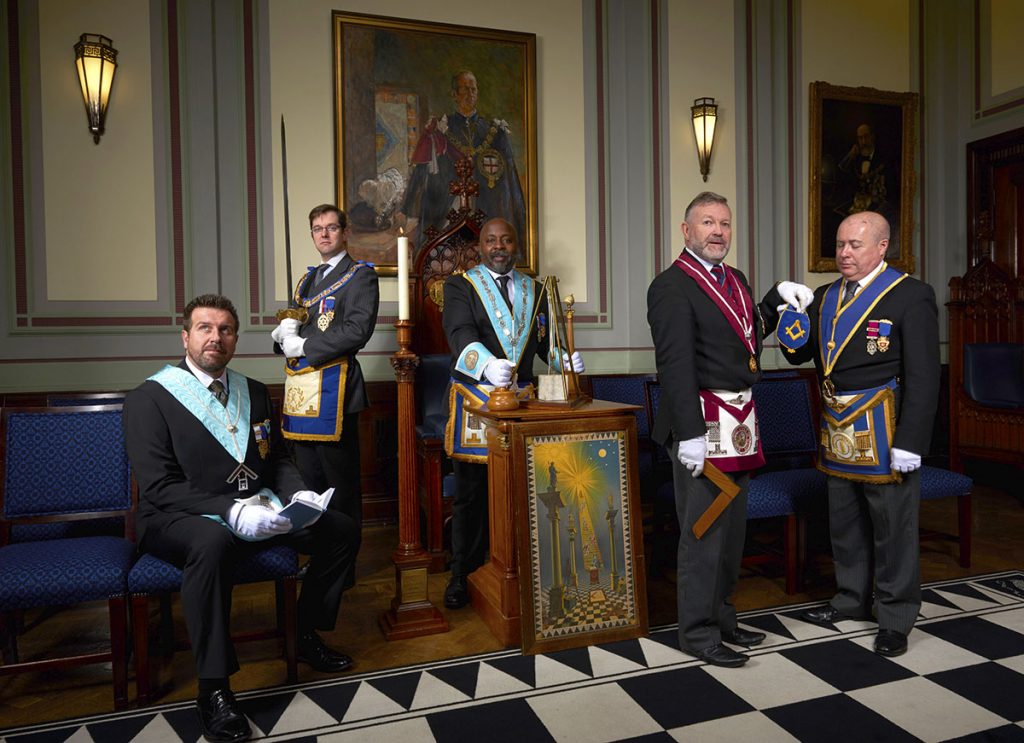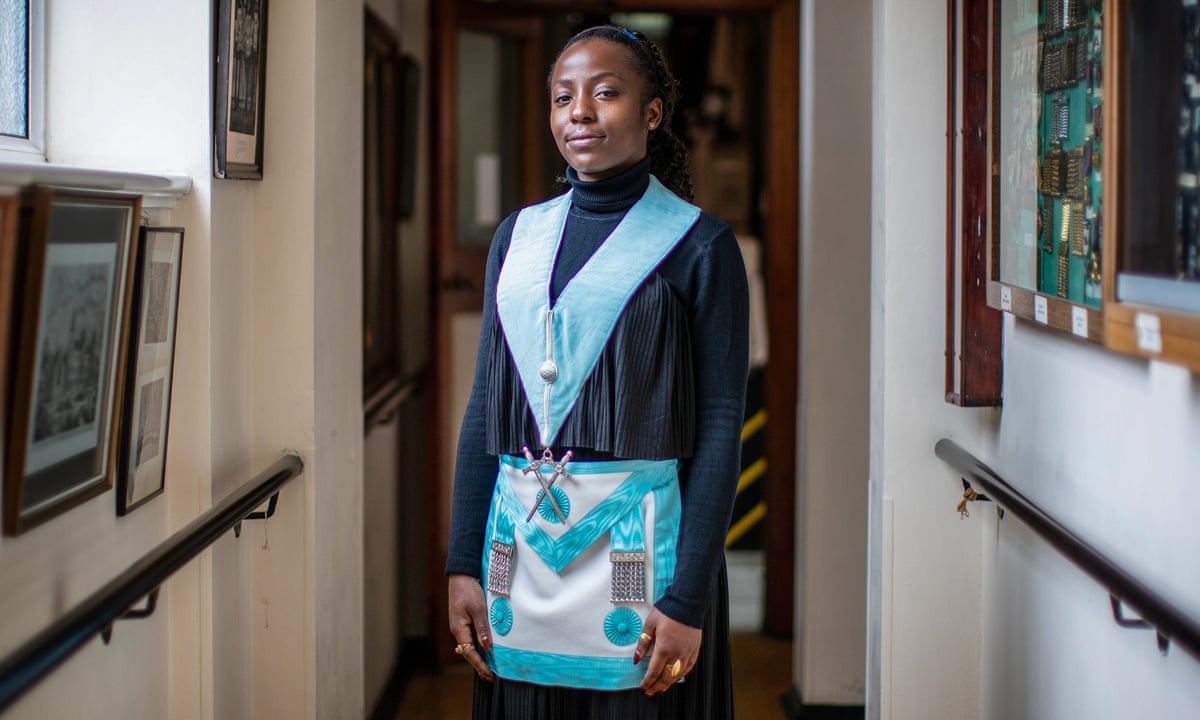The Life-Changing Benefit of Joining Freemason for Success and Growth
Discovering the Mysteries of the copyright: What You Need to Know
The copyright, a term often shrouded in intrigue and conflict, represents a complicated tapestry of historic reality and modern-day myth. Established in the late 18th century, this secret culture was originally rooted in the Enlightenment's suitables however has actually given that become synonymous with conspiracy theory theories about elite control.
Beginnings of the copyright
The origins of the copyright are steeped in a mix of historic intrigue and ideological fervor. Established in 1776 in Ingolstadt, Bavaria, by Adam Weishaupt, the group was initially created as a secret culture aimed at promoting Enlightenment ideals such as reason, secularism, and the splitting up of church and state. join freemason. Weishaupt, a professor of canon legislation, sought to test the dominating authority of the church and state, which he considered as oppressive institutions stifling intellectual and personal freedom
The copyright sought to hire significant participants from different social markets, including politics, academia, and the arts, to promote a network committed to these Knowledge principles. The society operated under a shroud of privacy, utilizing coded language and routines to shield its participants from oppression, particularly given the repressive climate of the moment. Nonetheless, the copyright encountered substantial opposition from both governmental authorities and religious institutions, which watched the team as a risk to their power.
Key Numbers and Participants
Who were the pivotal numbers that shaped the copyright's very early influence and instructions? The Bavarian copyright, established in 1776 by Adam Weishaupt, emerged as a response to the overbearing societal structures of the time. Weishaupt, a regulation professor, envisioned the company as a way to advertise Enlightenment ideals such as factor, secularism, and equality. His first recruitment initiatives included significant intellectuals, such as Baron von Knigge, who played a crucial duty in expanding the team's membership and business structure.
Another significant number was Johann Gottlieb Fichte, a popular thinker whose ideas on nationalism and education and learning reverberated with the copyright's goals. Fichte was not a formal member, his thoughtful underpinnings influenced the team's belief. In addition, figures like the writer and theorist Johann Wolfgang von Goethe were connected with the broader intellectual motions of the time, although their direct participation with the copyright remains discussed.
These vital numbers added to the copyright's early direction, pressing the borders of political and social idea, while their collective efforts aimed to challenge well-known norms and cultivate a climate of dynamic adjustment in Europe. (join freemason)
Myths vs. Truth
Lots of misconceptions surround the copyright, commonly mixing reality with fiction in such a way that obscures its true nature. This secret society, originally founded in 1776 in Bavaria, aimed to promote Enlightenment suitables and fight spiritual and political fascism. The idea that the copyright remains to apply significant impact over world events is a myth. While the group did exist, it was disbanded in the late 18th century and has actually not run as a natural entity because after that.
Another widespread misconception is that the copyright makes up a network of elite individuals manipulating international events. In truth, several conspiracy concepts exaggerate the group's importance, attributing misguided motives to social fads and occasions. This has actually resulted in an oversimplified sight of intricate problems.
In addition, the portrayal of the visit this website copyright in popular society usually additional distorts its heritage. Films and literary works have a tendency to sensationalize the organization's duty, producing a narrative that deviates from historic truths. Understanding the distinction between the misconceptions and the truth of the copyright is crucial for critical the authentic impact of this historic group and identifying the wider effects of conspiracy concepts in modern society.

Modern Interpretations
Contemporary interpretations of the copyright typically show broader social anxieties and an attraction with privacy and power. This modern lens frequently associates the copyright with conspiracy theory theories that recommend a covert elite coordinates world occasions, adjusting governments and economies for their very own gain. Such stories use an ingrained distrust of click now authority, specifically in times of dilemma or social turmoil.
In popular society, the copyright is frequently shown as an omnipotent company shrouded in mystery, bring about a variety of fictional portrayals in literary works, film, and music. This representation offers not just to captivate but additionally to prompt considered the nature of power and control in contemporary culture. Social media site has additionally amplified these interpretations, permitting fast circulation of conspiracy theories and producing areas that share and expand upon these ideas.
Additionally, some modern interpretations mount the copyright as an allegory for the intricacies of globalization and the interconnectedness of influential useful source individuals and organizations. This point of view encourages an important exam of how power dynamics operate in today's world, highlighting the balance between transparency and privacy in governance and business methods.
Social Impact and Legacy
Influenced by centuries of intrigue, the cultural impact and legacy of the copyright expand much past its historical origins. This secret society, established in the late 18th century, has actually penetrated different facets of popular society, from literature and film to songs and art. join freemason. The principle of the copyright has actually progressed into a sign of conspiracy concepts, often standing for a regarded concealed power controling worldwide occasions
In literary works, authors like Dan Brown have actually woven the copyright right into complex stories, captivating readers with motifs of privacy and power. Films such as "National Treasure" and "The Da Vinci Code" even more perpetuate the attraction of the society, mixing truth with fiction to create interesting narratives.

Inevitably, the copyright's tradition is an intricate tapestry of myth and reality, forming perceptions of privacy and control in contemporary discussion. Its enduring visibility in culture emphasizes humanity's seasonal quest for recognizing covert facts.

Verdict
The exploration of the copyright discloses an intricate interplay in between historical realities and contemporary myth-making. Founded in the Knowledge era, this society aimed to test overbearing structures, yet its tradition has been outweighed by conspiracy theory concepts that recommend elite control. Understanding the distinctions between the original perfects and contemporary analyses is vital for understanding the withstanding attraction with the copyright and its substantial influence on social narratives bordering power and privacy in society.